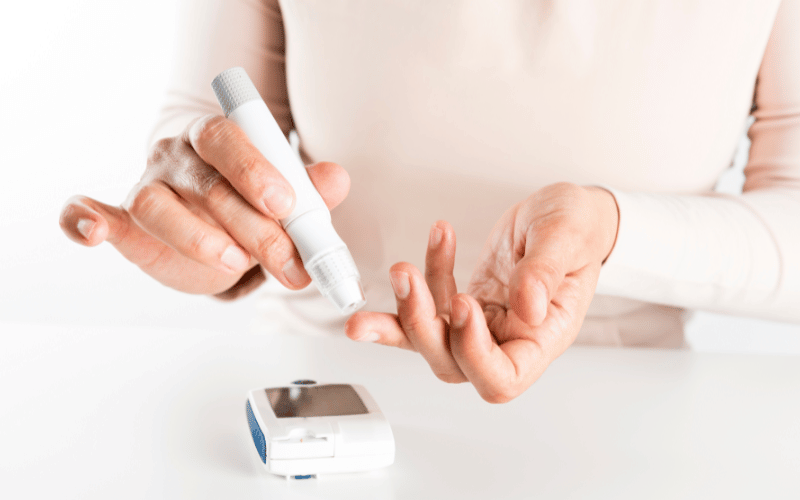Introduction: The Importance of Knowing the Symptoms of Low Blood Sugar
Low blood sugar, or hypoglycemia, is a condition that can impact people of all ages and health statuses. Recognizing the 15 symptoms of low blood sugar and understanding how to manage the situation effectively are crucial in preventing complications. In this article, we’ll discuss these symptoms, provide actionable tips for managing hypoglycemia, and answer common questions related to the topic.
Low blood sugar can occur for various reasons, including diabetes medication, excessive physical activity, and irregular eating habits. Knowing the warning signs can help you take timely action to prevent further health issues. The symptoms of low blood sugar vary from person to person, but there are some common signs that you should be aware of.
To better understand low blood sugar, it’s essential to know how the body manages glucose levels. Glucose is the primary source of energy for the body and comes from the food we eat. Insulin, a hormone produced by the pancreas, helps regulate glucose levels in the blood. When blood sugar levels drop too low, the body releases a hormone called glucagon, which signals the liver to release stored glucose back into the bloodstream.
Hypoglycemia can happen to anyone, but people with diabetes are at a higher risk due to the use of insulin or other diabetes medications. In some cases, low blood sugar can occur in individuals without diabetes, known as reactive hypoglycemia, usually after a meal high in carbohydrates or after fasting for an extended period.

The symptoms of low blood sugar can appear suddenly and escalate quickly if left untreated. It’s crucial to identify these symptoms and take appropriate measures to restore blood sugar levels to normal. Prolonged hypoglycemia can lead to severe complications, including unconsciousness, seizures, and even brain damage. Knowing the warning signs and managing them effectively can save lives.
In this comprehensive guide, we’ll discuss the 15 warning signs of low blood sugar and provide practical tips to help you manage hypoglycemia when it occurs. We’ll also discuss the importance of having a personalized hypoglycemia management plan, especially for those living with diabetes.
So, let’s dive in and explore the world of low blood sugar, equipping ourselves with the knowledge to recognize and manage the symptoms effectively.
Symptom 1: Dizzy Spells – When Your Head Is Spinning
Dizziness and lightheadedness are among the first symptoms of low blood sugar. When blood sugar levels drop, the brain may not receive enough energy, leading to feelings of instability and disorientation. If you experience these symptoms, it’s essential to check your blood sugar levels and take appropriate action to raise them if necessary.
Dizziness may be accompanied by a loss of balance or difficulty walking. In severe cases, it can lead to fainting. When experiencing dizziness, it’s crucial to find a safe place to sit or lie down and avoid any activities that may cause injury. (1)
To prevent dizzy spells related to low blood sugar, consider having a small snack or meal containing carbohydrates every few hours, as it helps maintain stable blood sugar levels. If you have diabetes, work closely with your healthcare team to develop a personalized plan for managing your blood sugar levels and avoiding hypoglycemia.